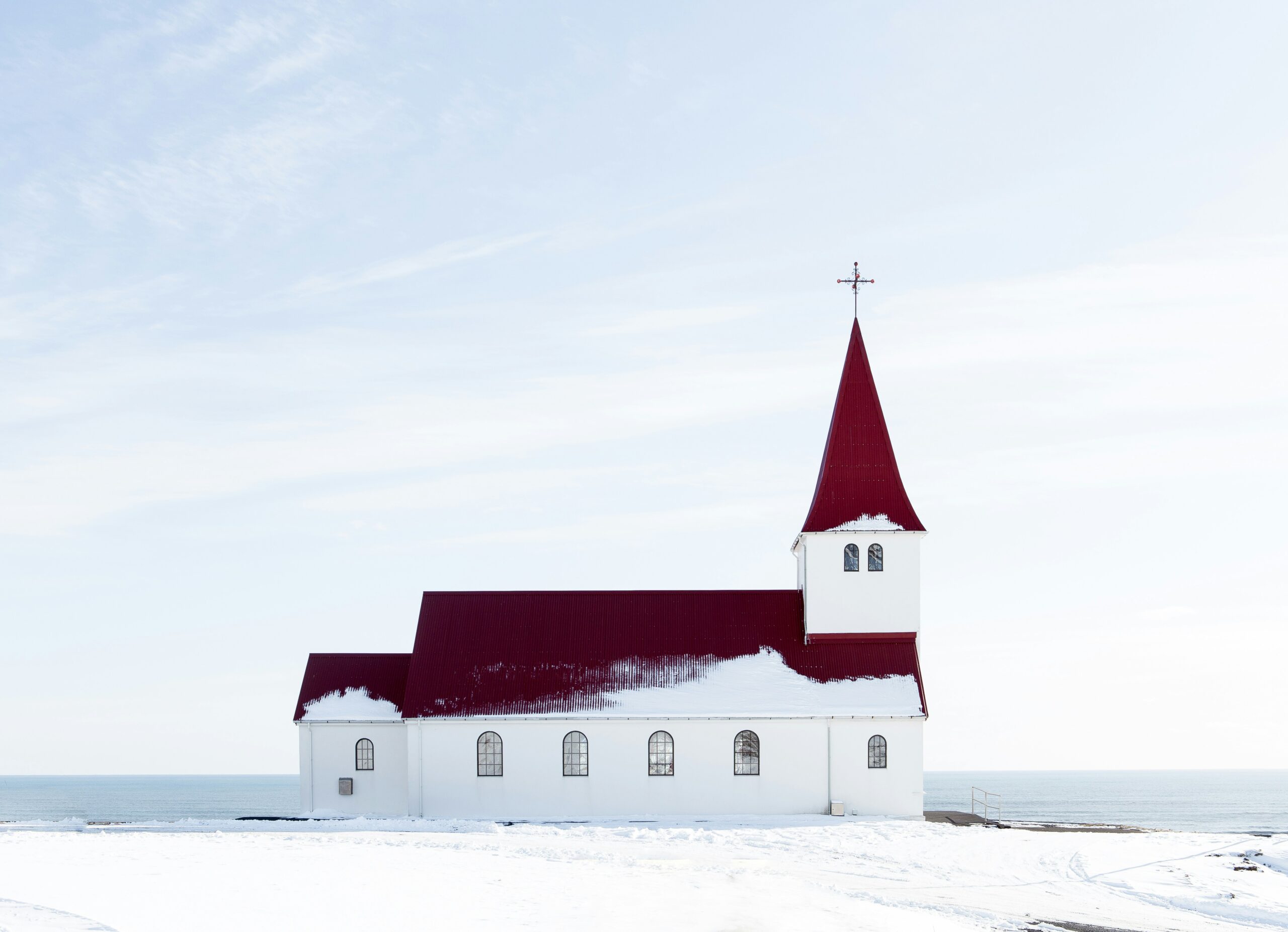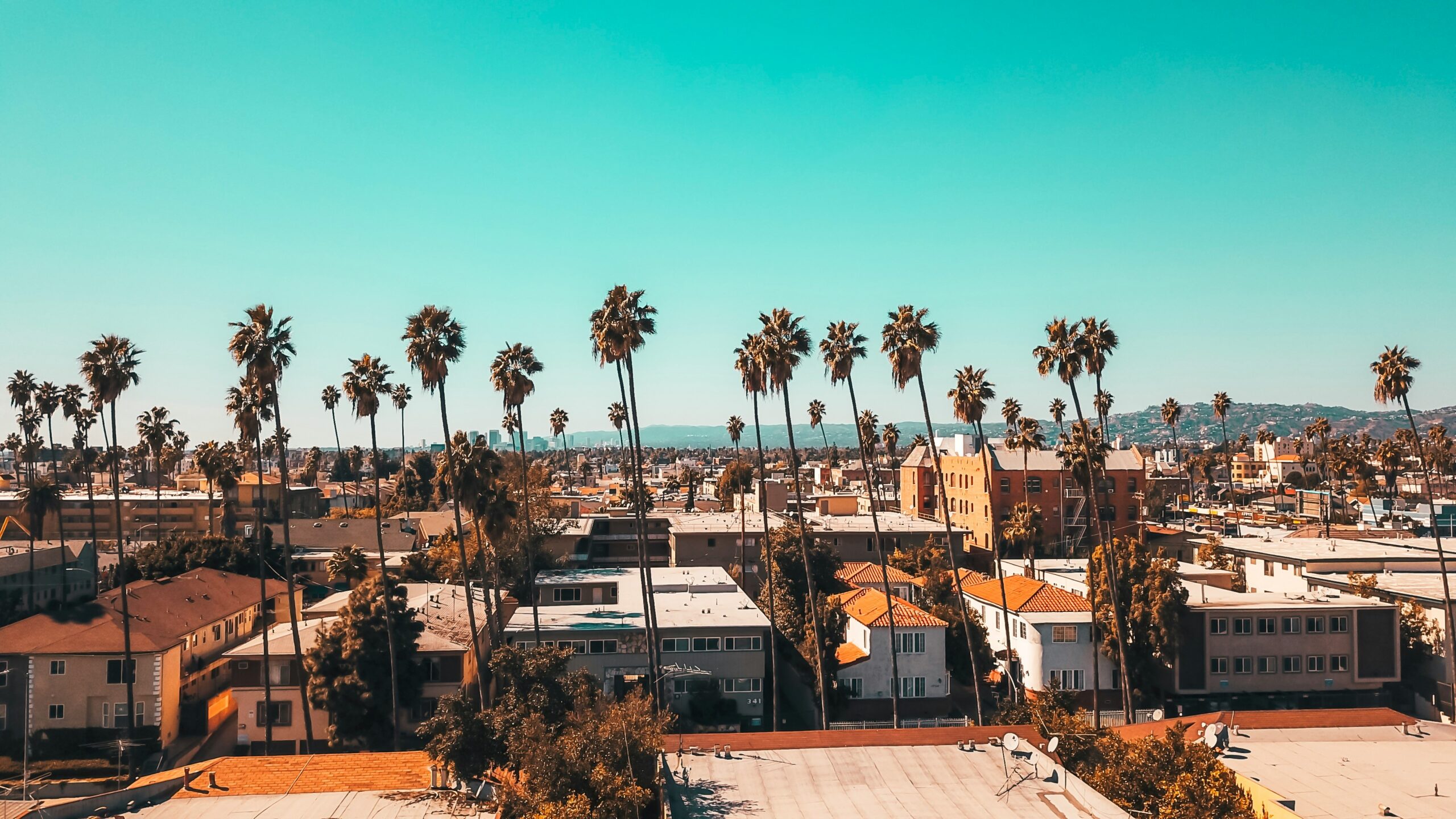Image credit: Unsplash
Los Angeles is facing a severe shortage of housing for low-income renters. Making matters even more difficult is that buying land in such an expensive part of the state is often challenging for affordable housing developers. Together, these two issues create a self-perpetuating cycle, making affordable living a struggle across the city.
Fortunately, California lawmakers offered one possible answer for where to build when they passed SB 4, a statewide law that took affect earlier this year. It allows religious groups to fast-track new housing on properties they already own, effectively making it so that churches are legally allowed to build housing properties for sale or rental purposes.
The Catholic Church’s Response to L.A.’s Housing Crisis
Now, the Catholic church in L.A. plans to do just that. The Archdiocese of L.A. announced Wednesday it will partner with a newly formed nonprofit called Our Lady Queen of Angels Housing Alliance to develop affordable housing in Southern California.
The church, known for assisting immigrants and feeding unhoused people, aims to use its extensive land holdings to help address the region’s housing crisis. Their first project will be located on Archdiocese land currently used by Catholic Charities. They plan to use the property to construct affordable apartments next to L.A. City College. The goal is for these apartments to be utilized by community college students and youth transitioning out of foster care.

Amy Anderson, the executive director for Queen of Angels Housing, said the mission is to confront one of the region’s biggest moral dilemmas head-on. “We’re losing a generation of people to housing insecurity,” said Anderson, who served as L.A.’s Chief Housing Officer under former Mayor Eric Garcetti. “It’s very difficult for people to live in health — mental health, physical health — and for them to get ahead when there’s no physical foundation, no home for which to do that.”
As school enrollment declines and membership in religious orders dwindles, Queen of Angels Housing could also develop former Catholic schools or convents into housing developments.
“The properties are in transition because our communities are constantly changing,” Anderson said. “It does create this opportunity to re-evaluate what can be done with that land.”
According to figures provided by the church, the Archdiocese of L.A. has:
- 288 parishes
- 265 elementary and high schools
- 4.35 million Catholic attendees
Last year, Muhammad Alameldin, a researcher with UC Berkeley’s Terner Center, and his colleagues published a study that found faith-based organizations and nonprofit colleges across California own enough land suitable for housing development to equal nearly five times the city of Oakland.
However, Alameldin said it’s one thing for churches to support the idea of new housing on their property — it’s another to construct it.
At this early stage, it is unclear precisely how much land the Archdiocese intends to put toward housing development. However, local Catholic leaders are signaling that housing will be a growing part of the church’s charitable mission.
Collaborating with Communities to Build Affordable Housing
L.A. Archbishop José Gomez will chair the board for Queen of Angels Housing. In a statement, he said, “Through Catholic Charities and our ministries on Skid Row and elsewhere, we have been working for many years to provide shelter and services for our homeless brothers and sisters. With this new initiative, we see exciting possibilities for making more affordable housing available, especially for families and young people.”
The Catholic church isn’t the only religious organization in L.A. pursuing affordable housing development. The Jewish congregation Ikar is working on a 60-unit project on the site of its offices in L.A.’s Pico-Robertson neighborhood, and the multi-faith organization L.A. Voice has been helping local churches develop early plans for their projects.

